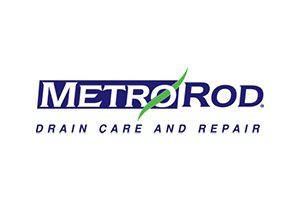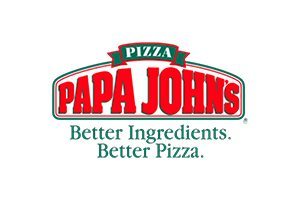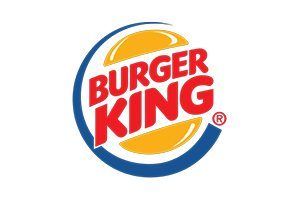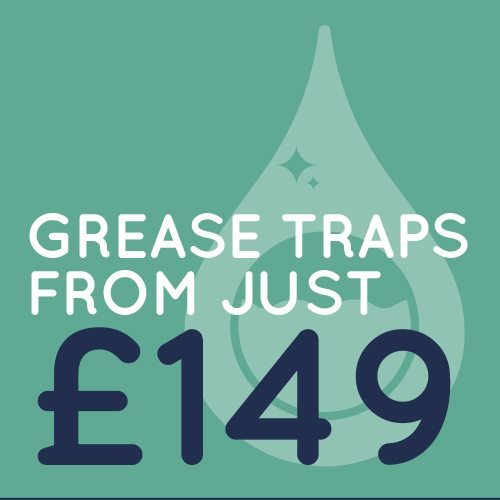Grease Trap History
Grease Trap history goes back a number of years. Also sometimes known as Grease Interceptors or Recovery Devices, they are well-designed plumbing devices which will intercept most FOG and so stopping it getting into a waste water system. So where did the history of the grease trap begin?
Victorian Grease Traps
Grease Traps have amazingly been helping use to sort out FOG since the Victorian era. The need for the reduction of fats, oils, and greases (FOG’s) has been a problem for our main sewers for hundreds of years. Grease traps were first used in the Victorian days when they were installed at a few effluent outputs to do exactly the same job as they try to do today – to stop grease and fats from going further into the system.
All the same, people had to wait until the late 1800’s for Grease traps to be put into use when ‘Nathaniel Whiting’ from California USA filed the initial grease trap patent. This allowed him to ‘own the rights’ of the first grease trap until it was properly produced.
Now over 100 years later, all of the major cities of the globe are having Whiting Grease traps installed (all be it that the design has significantly advanced) in buildings everywhere within municipal sewer networks. Currently, this has even encouraged the generation of laws and building legislations that actually enforce the use and maintenance of grease traps in all waste-water outlets in commercial restaurants, cafes, hotels and more.
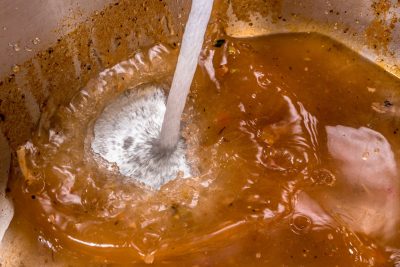
Grease Trap History: Evolution of grease traps
The traditional Victorian grease trap designs worked so today’s grease traps use the same basic operating design as the now world famous 1885 model. However, while the older models do still capture some amounts of grease, they are now thought of as slightly inefficient as a result of advancements in modern technology at removing grease.
There are some major types of modern grease traps found in most commercial establishments:-
Hydro-mechanical – This grease trap uses heat and gravity to remove waste water from debris. These modern grease traps are usually made of carbon or steel. They are designed to control water flow and keeps impurities inside the grease trap. This type of modern grease trap does still need to be cleaned manually and on a regular basis.
Grease Trap History: In with the New
Gravity grease traps – Designed in the 1930’s, these traps use larger amounts of water, which is used to slow the water inside the trap, so it allows FOG to separate. These are usually very large. However, they are still thought to be more efficient in separating more than 90% of debris from the water.
Automatic – Lastly, there is automatic grease removal unit (AGRU) which is bang up to date using electrical and mechanical elements to separate FOG from the water. These grease traps are small in size, but they are extremely efficient. The majority of automatic traps sold today also have collection devices for a variety of sizes of food particles and often they require very little maintenance.
The grease trap overall has come a long way from its humble beginnings in the 1800’s and it is now even legislation to own and maintain a grease trap on commercial food premises.

